
Month: September 2016

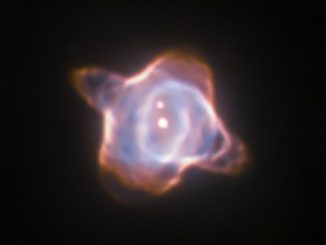

Barely bisected rings
Saturn’s shadow stretched beyond the edge of its rings for many years after the NASA/ESA/ASI Cassini spacecraft first arrived at Saturn, casting an ever-lengthening shadow that reached its maximum extent at the planet’s 2009 equinox. This image captured the moment in 2015 when the shrinking shadow just barely reached across the entire main ring system.
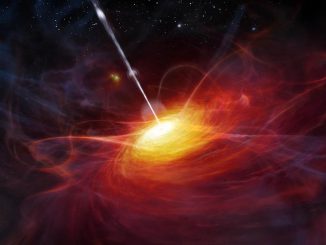
Discovery nearly doubles known quasars from the ancient universe
Quasars are supermassive black holes that sit at the centre of enormous galaxies, accreting matter. They shine so brightly that they are among the most distant objects in the universe that we can currently study. New work from a team led by Carnegie’s Eduardo Bañados has discovered 63 new quasars from when the universe was just 7 percent of its present age.

Monster lurks at the core of a lenticular galaxy
This scene captured by the NASA/ESA Hubble Space Telescope shows PGC 83677, a lenticular galaxy — a galaxy type that sits between the more familiar elliptical and spiral varieties in the Hubble sequence. Studies have uncovered signs of a monstrous black hole in the core of PGC 83677 that is spewing out high-energy X-rays and ultraviolet light.

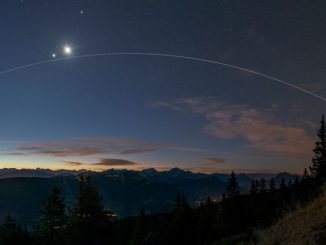
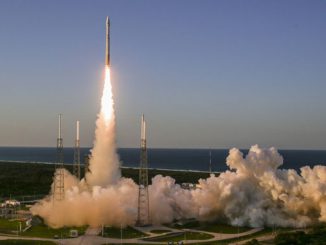
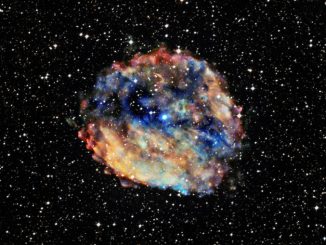
Young magnetar likely slowest pulsar ever detected
Using X-ray observatories, astronomers have found evidence for what is likely one of the most extreme pulsars, or rotating neutron stars, ever detected. The source exhibits properties of a highly magnetised neutron star, or magnetar, yet its deduced spin period of 6⅔ hours is thousands of times longer than any pulsar ever observed.

